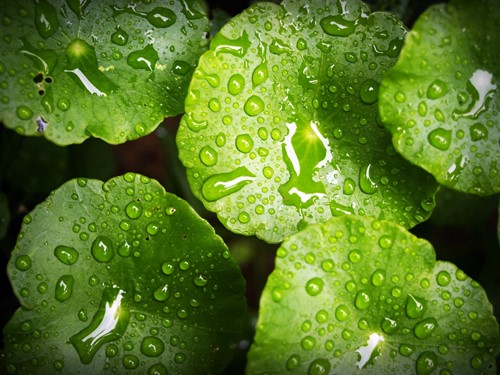
When it comes to rain gardens, design matters for more than just aesthetics. Rain gardens are meant to serve an important purpose in capturing rainwater runoff, and both the plants and structure of the garden determine its effectiveness.
To help you learn more about rain gardens, here are some key benefits and design elements to know:
Why are rain gardens important?
Rainwater runoff can be a huge problem in both urban and suburban areas without much natural vegetation. In areas prone to storms, rainwater collects in the streets, overflowing sewer drains and causing floods. A rain garden helps mitigate this issue by imitating the way the natural landscape handles excess water.
By directing heavy rain to a rain garden, you can slow the flow and reduce the chance of stormwater runoff overwhelming the storm sewer system.
How do rain gardens work?
The basic rain garden design is a shallow basin. Water naturally pools at the lowest point, where it gradually absorbs into the soil to nourish the plants. Unlike a bog or a garden pond, a well-designed rain garden dries in a few days. This means you won’t have to worry about standing water attracting mosquitos or other pests.
What are the best rain garden plants?
It’s a good idea to include a range of different plants when designing rain gardens. Diversity of shapes, sizes and root systems will better mimic the natural landscape and provide better drainage.
Some of the most popular plant choices include switchgrass, blue cardinal flower and marsh marigold. When in doubt, it’s always worth choosing native plants for your rain garden design that will thrive in your climate and support the local ecosystem.
About the Author

Susan "Susy" Gurevich, Realtor Broker Associate
SWFL....I found my beach and look forward to helping you find yours from Naples, Bonita, Fort Myers, Punta Gorda, Isles of Capri, Marco to Estero; Start Living your BEST Life and Loving Life in SWFL, full of happy smiles, majestic sunsets, sugar sand between your toes; the place I call home and hope to see you here! Beach Elegant Paradise Gulf Coast Gem… our secret. Start Living & Loving Your Best Life Today!
